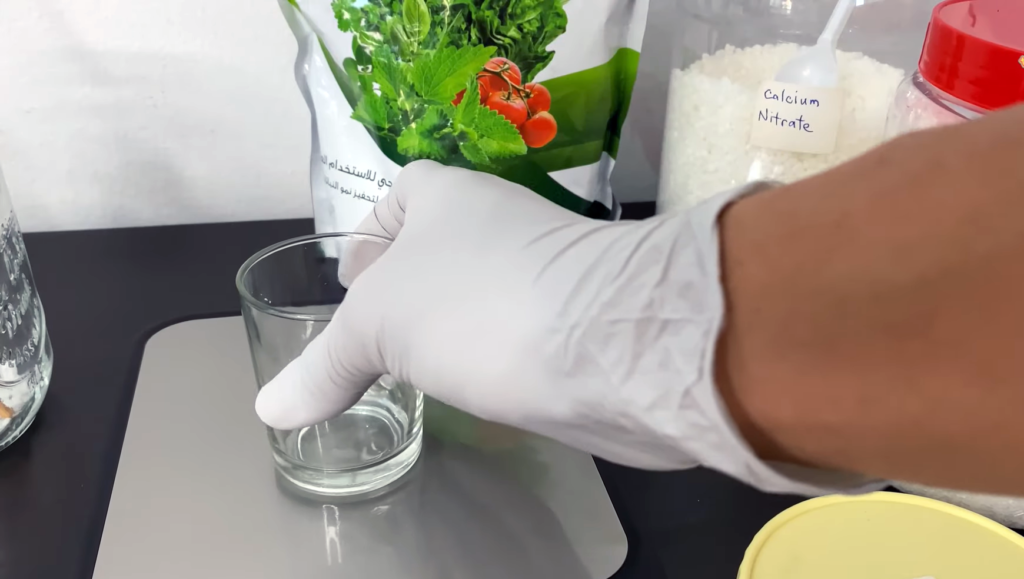Table of Content
In addition, hydroponics gardening can be done indoors, which is ideal for people who live in apartments or other places where space is limited. Plant growers often have to face obstacles like climate and seasons when growing plants. Using hydroponics, you no longer have to worry about weather or the soil condition.
You need to take a second EC reading, as you will need to dilute these mixtures before adding them to your tank. This formula is based on the one given by Keith Roberto who is the author of many Hydroponic books. These trace elements need to be added together and mixed to a fine powder in a mortar and pestle before you can add them to your first three mixtures. While this is good enough to use on its own, you can also add some of the next two recipes or some of the homemade fertilizer or growth booster. Finally, purchased nutrients often come with added pH buffers. Because you are making your own, you will need a digital pH-measuring pen and pH Up and pH Down solution.
Commercial Organic Nutrients
When adding the Epsom salts to the water, add 1 teaspoon of Epsom salts, which are naturally occurring substances. Whether you choose to make your compost tea or purchase a product like Bat Guano, your hydroponics system will benefit from the high quality of nutrients you provide. Make homemade hydroponic organic fertilizer and be prepared to see larger, more robust plants and quicker growth. Have you considered making homemade hydroponic organic fertilizer?

So to answer the original question…can you use tap water for hydroponics? If it has a high PPM, consider running it through a filter or mixing in distilled or reverse osmosis water to dilute the concentration. You can easily get higher yields over a given period and maximize profits. On the negative side, these nutrients are unsuitable to the environment. They can easily leach out into waterways and cause environmental damage. Hydroponic nutrients are extremely effective at feeding plants and are extremely safe to use.
Basics of Mixing Hydroponic Nutrients
Bacterial aerobic digestion ensures that nutrients are bioavailable to plants. As a general rule of the thumb, use minimal quantities of your nutrient solution at first, until you see how the plants react. When you achieve a balance, as the system matures there will be fewer and fewer issues. That is why every organic grower needs to learn all the early signs of undernourishment in plants, as well as the signals that you are using too much fertilizer. Productive hydroponic systems utilize pumps and lighting that consume significant amounts of power since they are turned on most of the time.

2 teaspoon of fertilizer and 1 teaspoon of Epsom salts should be used for each gallon of water; until the solids dissolve, shake or stir with a spoon. When storing the mixture, some nutrients are lost, so make it fresh whenever possible. Since there are no set standards on what hydroponic solution you should use, it is important to find out what is in your local water.
How much Epsom salt do you put in hydroponics?
Here, machines extract nitrogen gas from the air and convert it to ammonia. Non-organic nutrients usually have high concentrations of some elements, instead of low concentrations. They are quickly absorbed by plants and can be regularly applied hence a fast turnover in growing seasons. As a result, the elements are mixed together, resulting in the division of critical elements. Gate valves and ball valves are the most common types of valves used by hydroponics growers.
It must be between 65 and 75 degrees Fahrenheit to obtain the nutrients. Make sure that the fertilizer you use has all of the elements that you want in your solution. When you add too much nitrogen into the solution, you will have more of a root zone which will slow down the growth of the plant.
Hydroponics is a method by which plants are grown without soil as the medium and mineral nutrient solutions are used to feed the plants in water. If you know how to make a hydroponic solution at home, it will be very convenient for you to grow plants. In order to make hydroponic plant food, one must first understand what hydroponics is and how it works. The plants are grown in a nutrient-rich solution that is constantly circulated and aerated.

The electrical conductivity of a solution used in Hydroponics determines the amount of dissolved solids in it. Because a small imbalance in nutrients can cause a significant problem, it is critical to carefully measure the nutrients in a growing environment. The nutrient mix ratio and pH can vary depending on your preferences and other factors, including mathematical calculations. Hydroponics, in addition to eliminating the need for weather and soil conditions, allow you to work indoors.
The salts will break down and provide nutrients to the plant. Plants require certain elements to grow, but they can get these from either man-made or organic sources. If you’d rather avoid creating a hydroponic soup from bottles full of chemicals, you can go with a more natural solution and limit your nutrient sources. Some mineral salts are used to compensate for the possible loss of organic fertilizers. These mineral salts include magnesium sulfates and other trace elements of sulfate. Every gardener must learn about the signs and symptoms of too much or too little nutrients.

Global craving for proteins from meat and fish is the source of some of the worst environmental destruction on the planet. By producing fish protein sustainably in a closed system, you are reducing the pressure on the natural ecosystems. Still, most people that engage with hydroponics do it for hobby, pleasure, and to provide healthy produce for their family and friends.

No comments:
Post a Comment